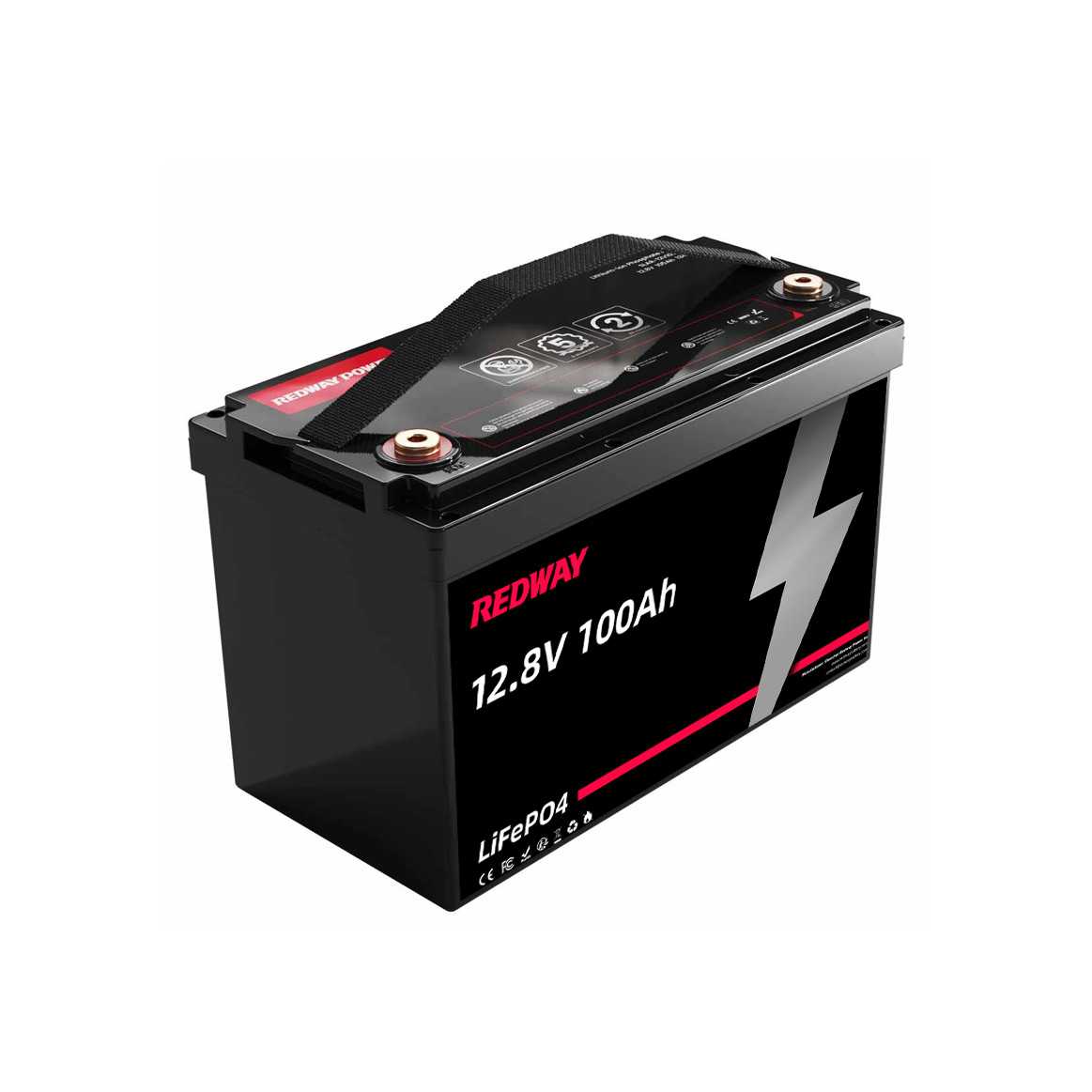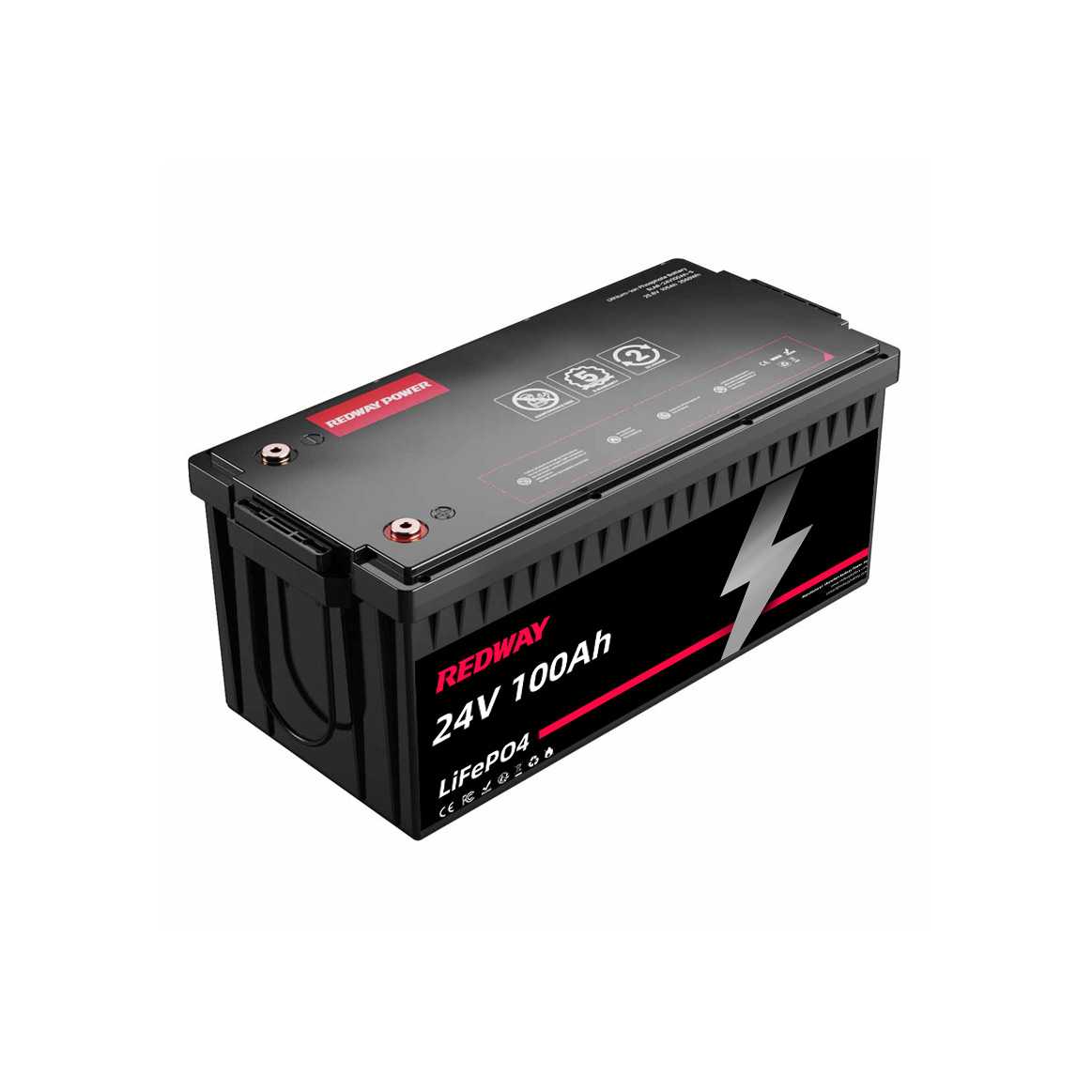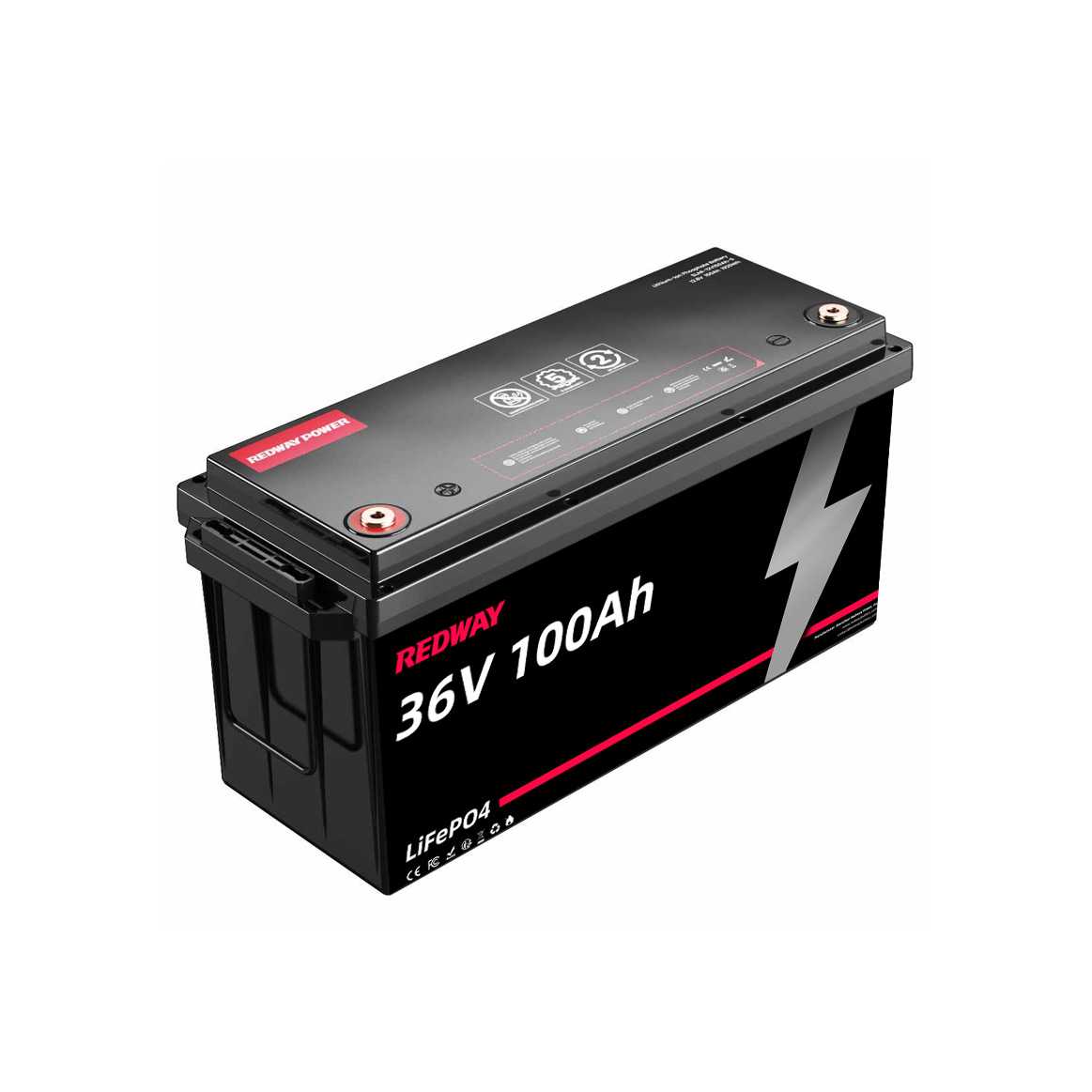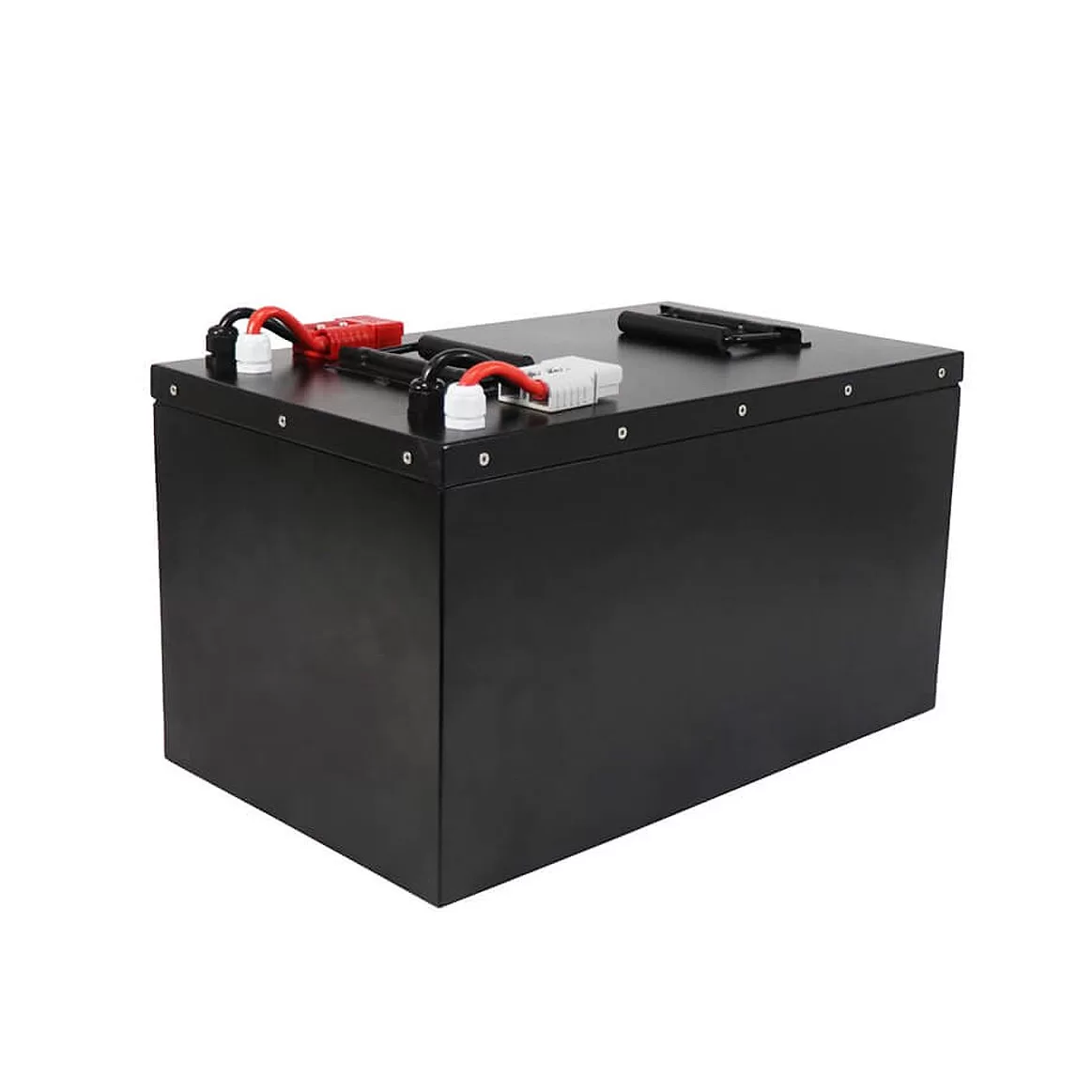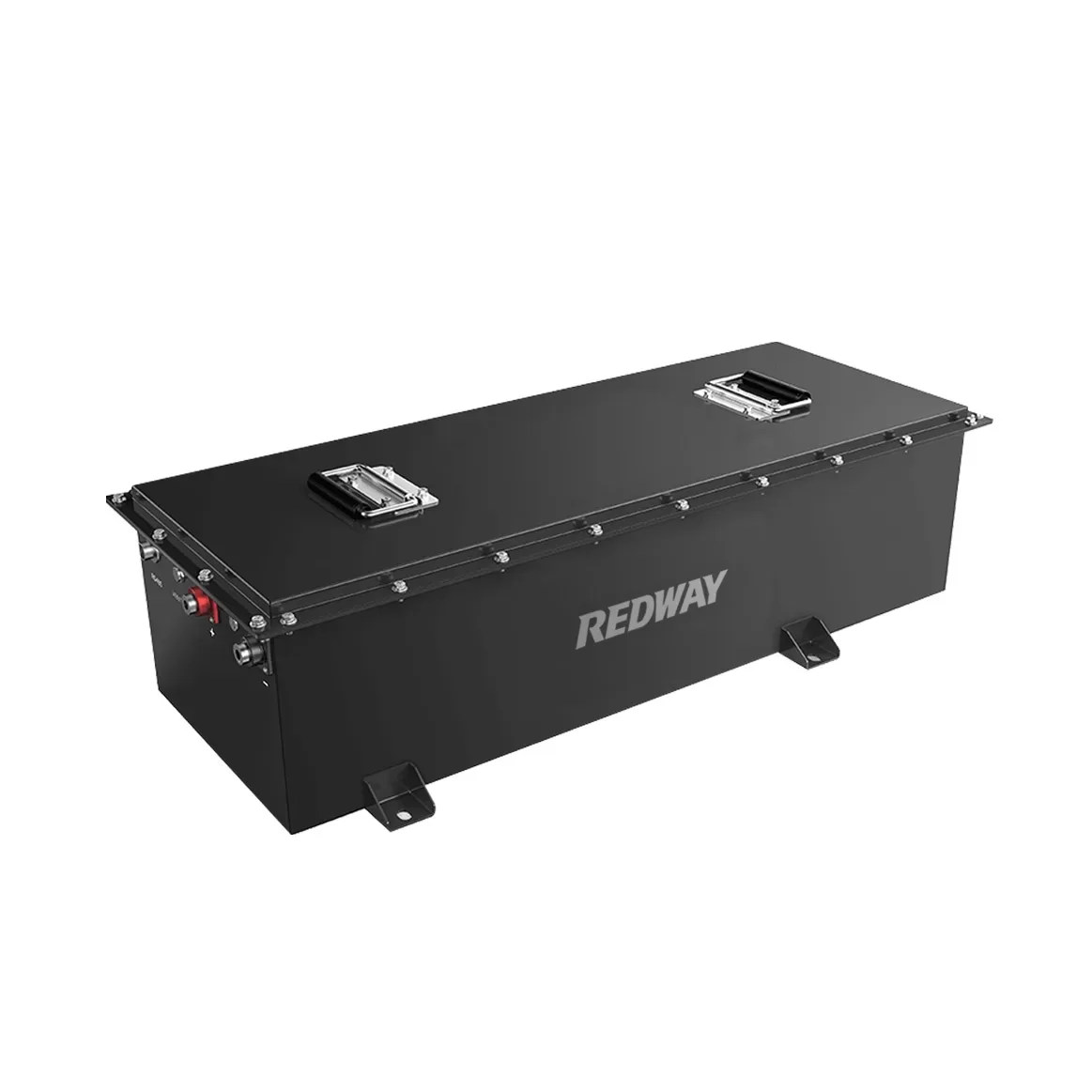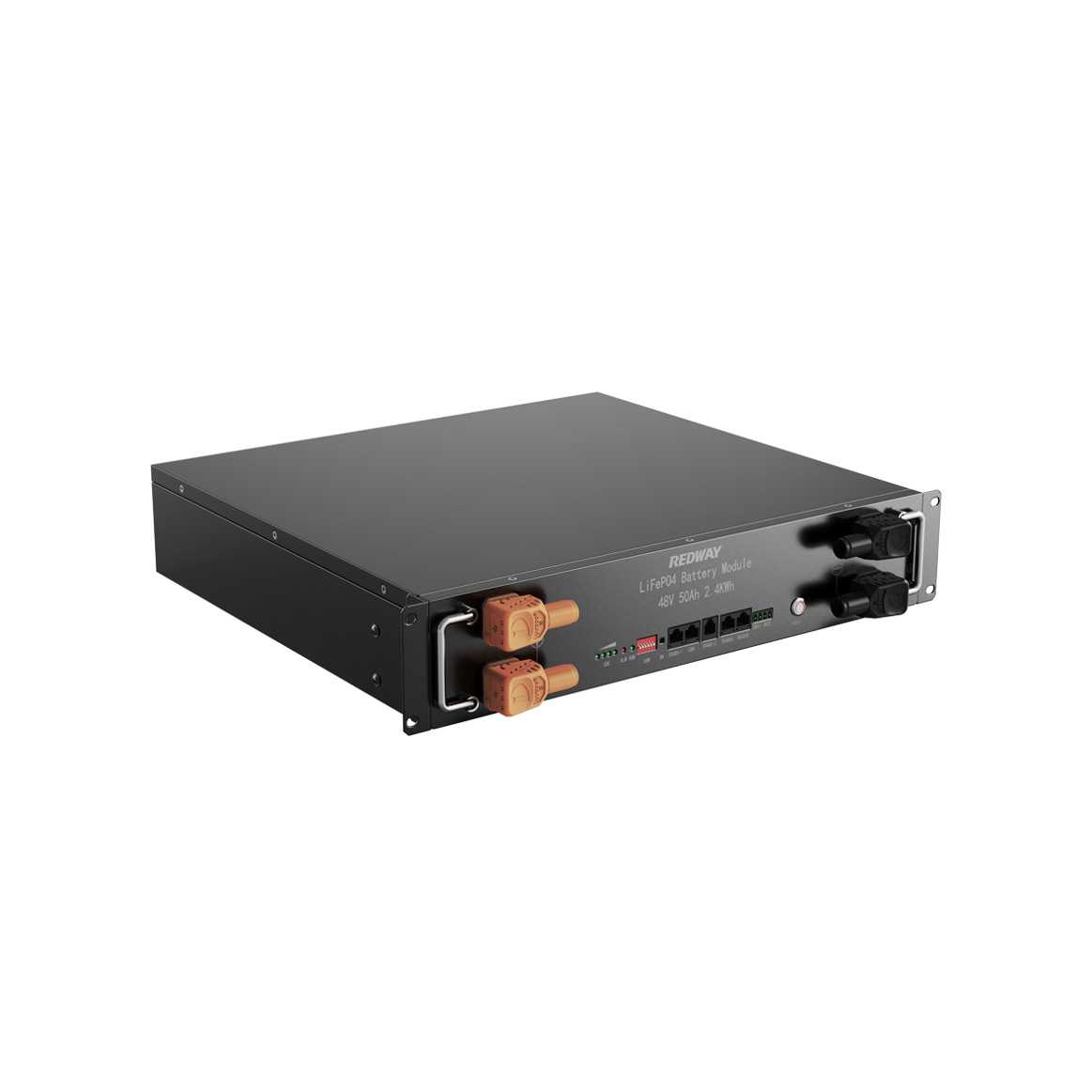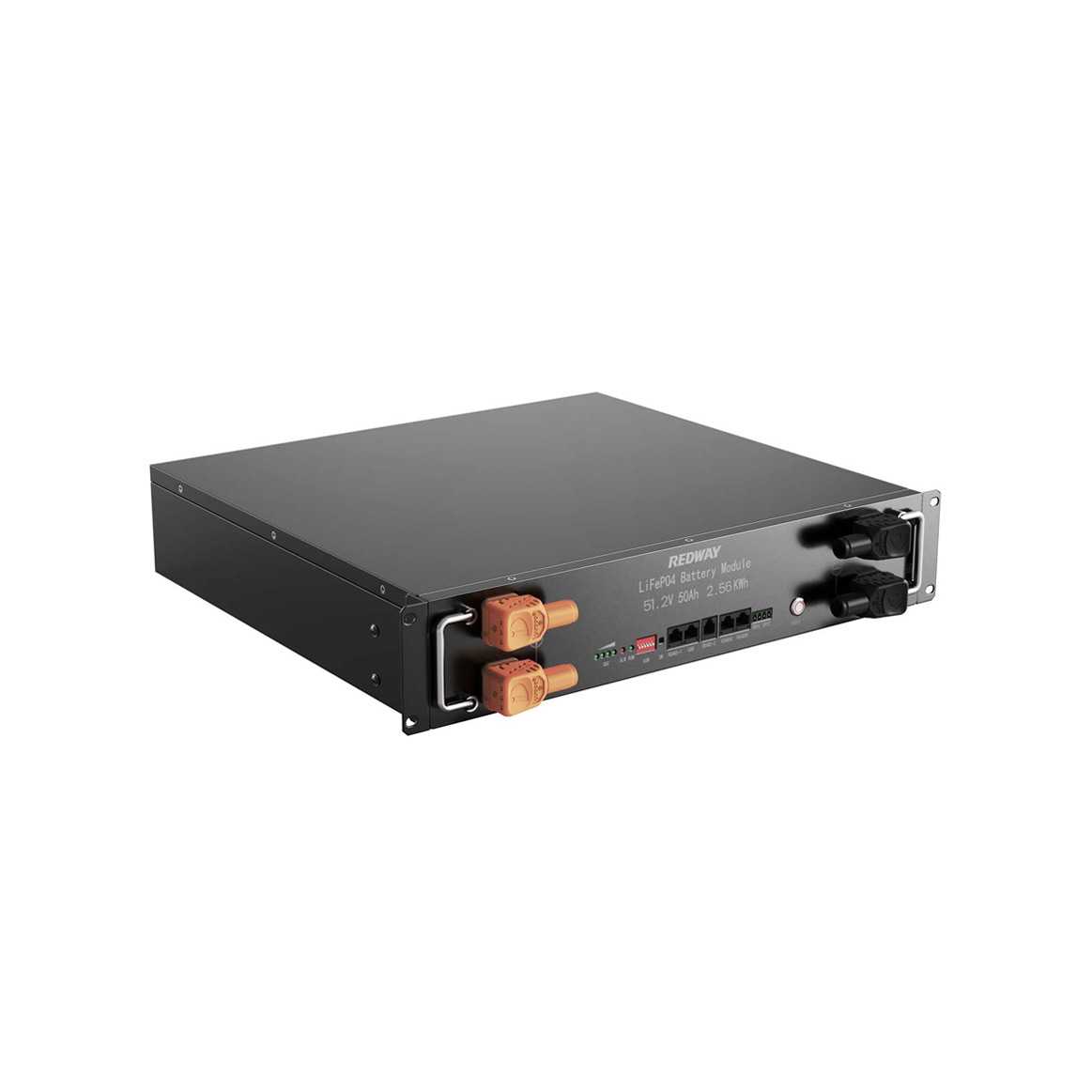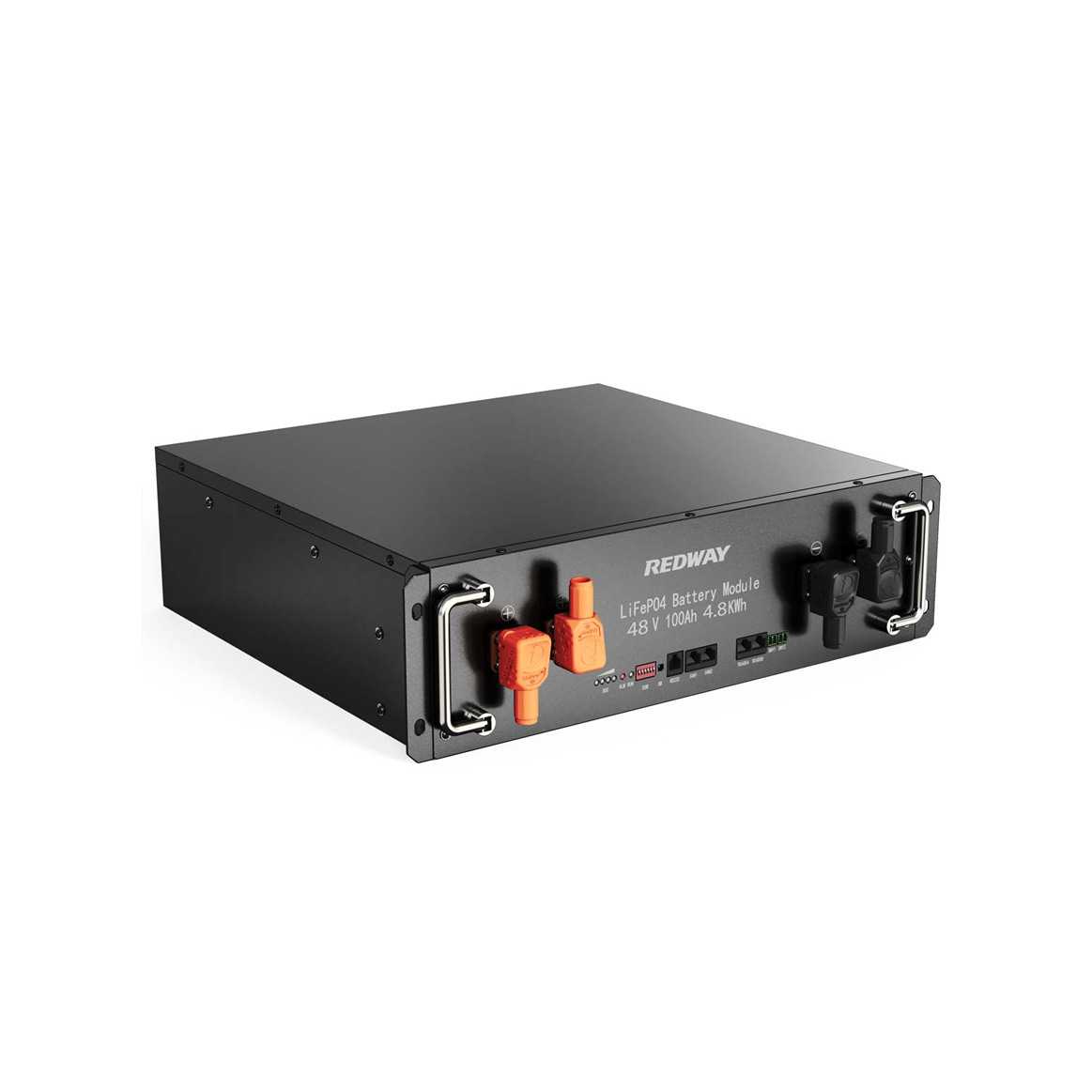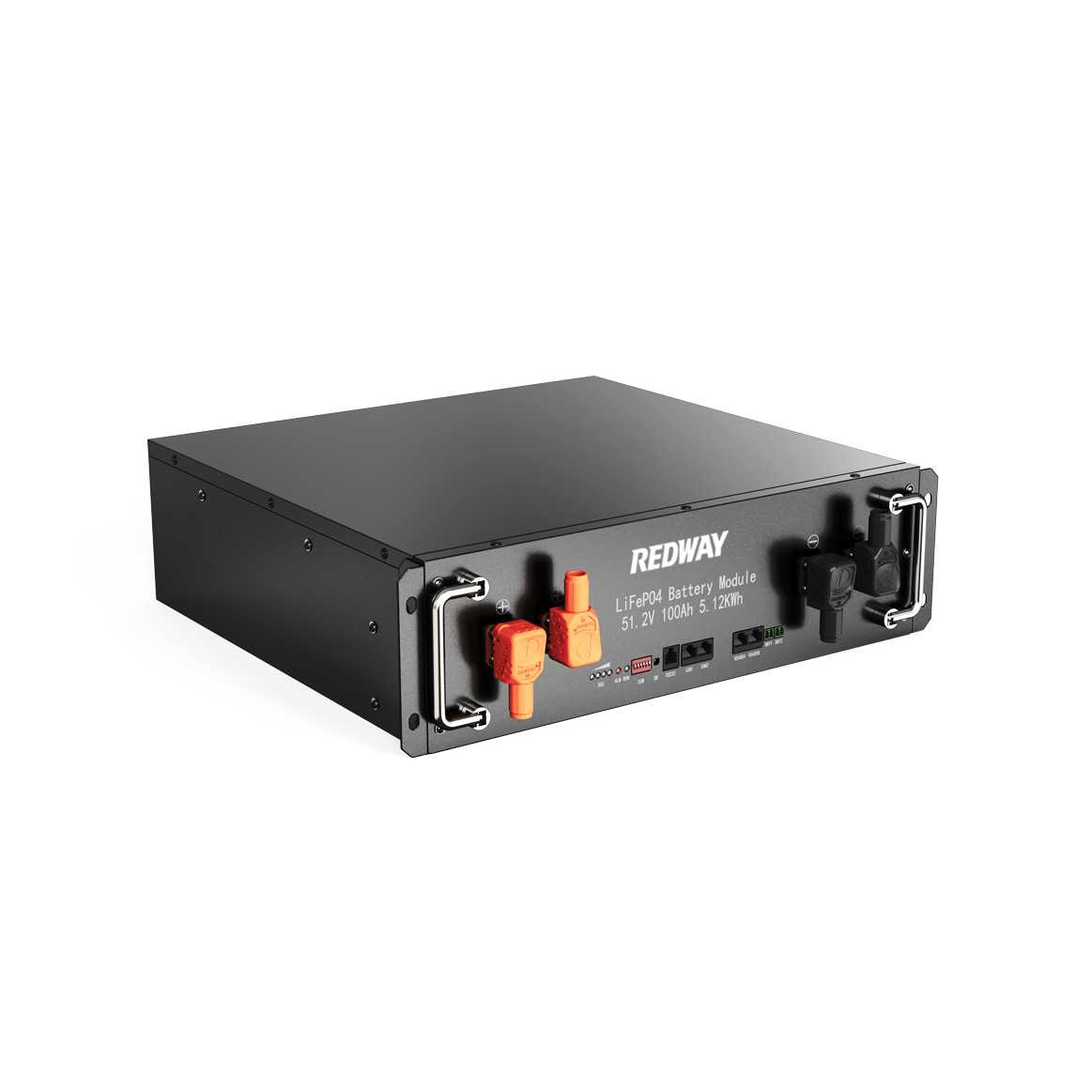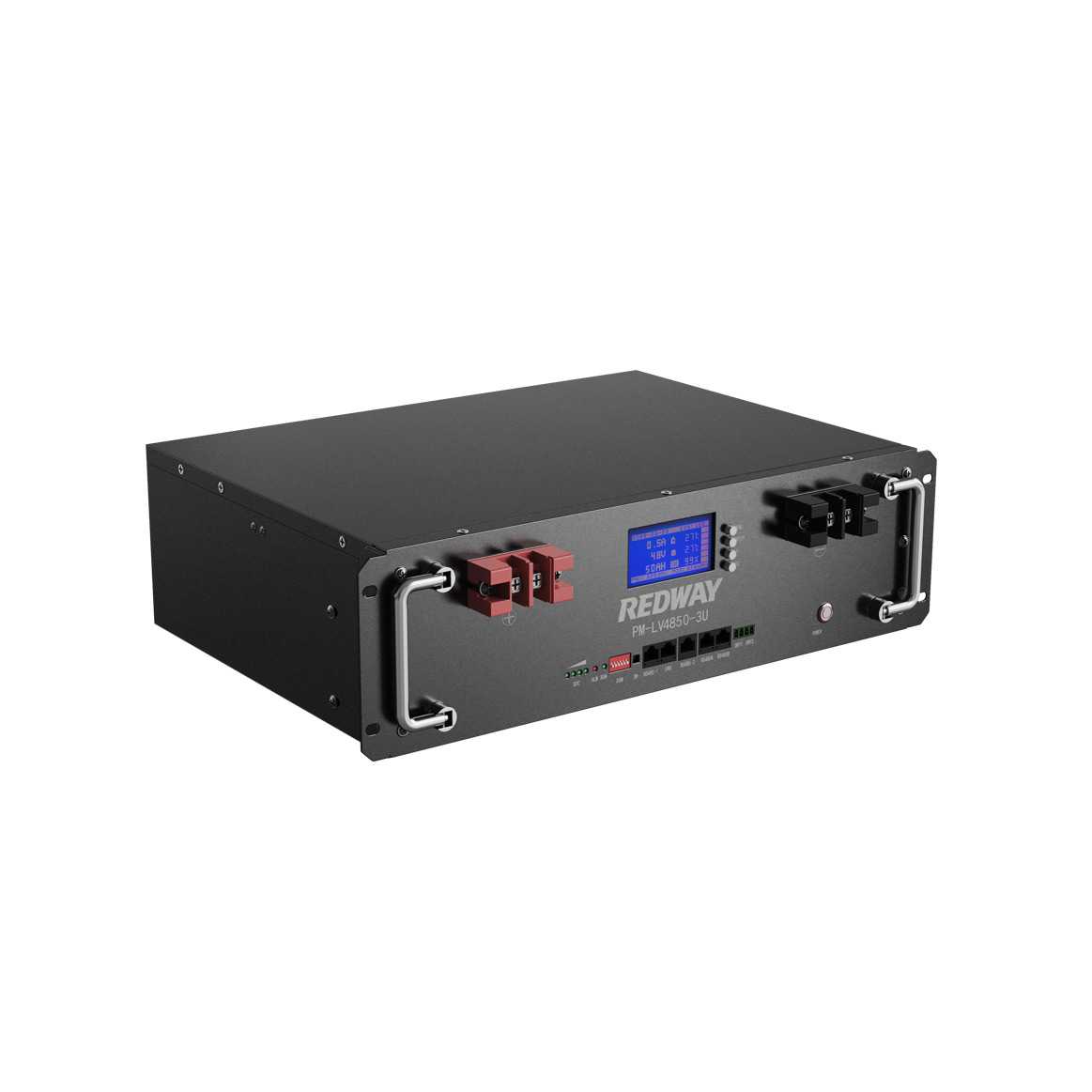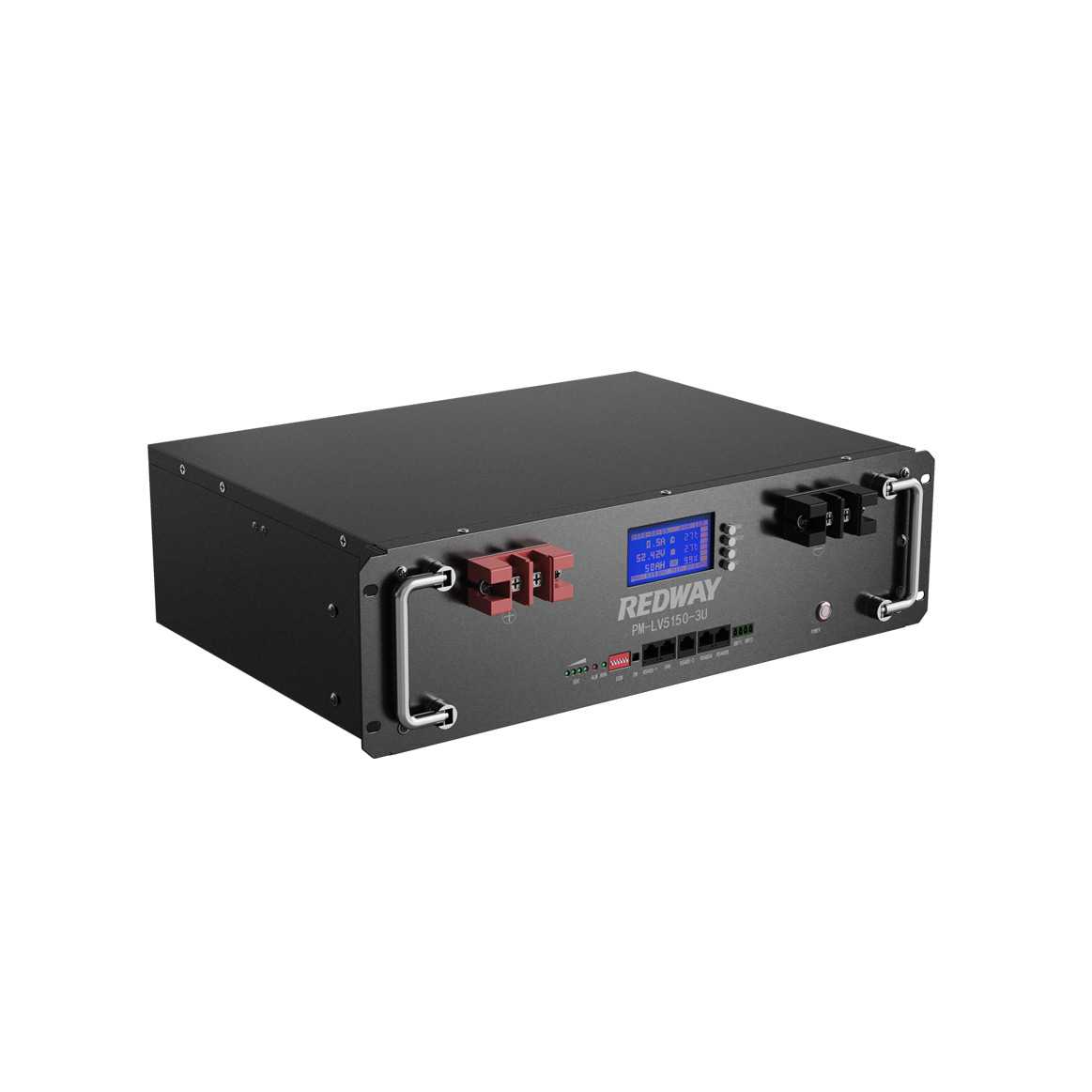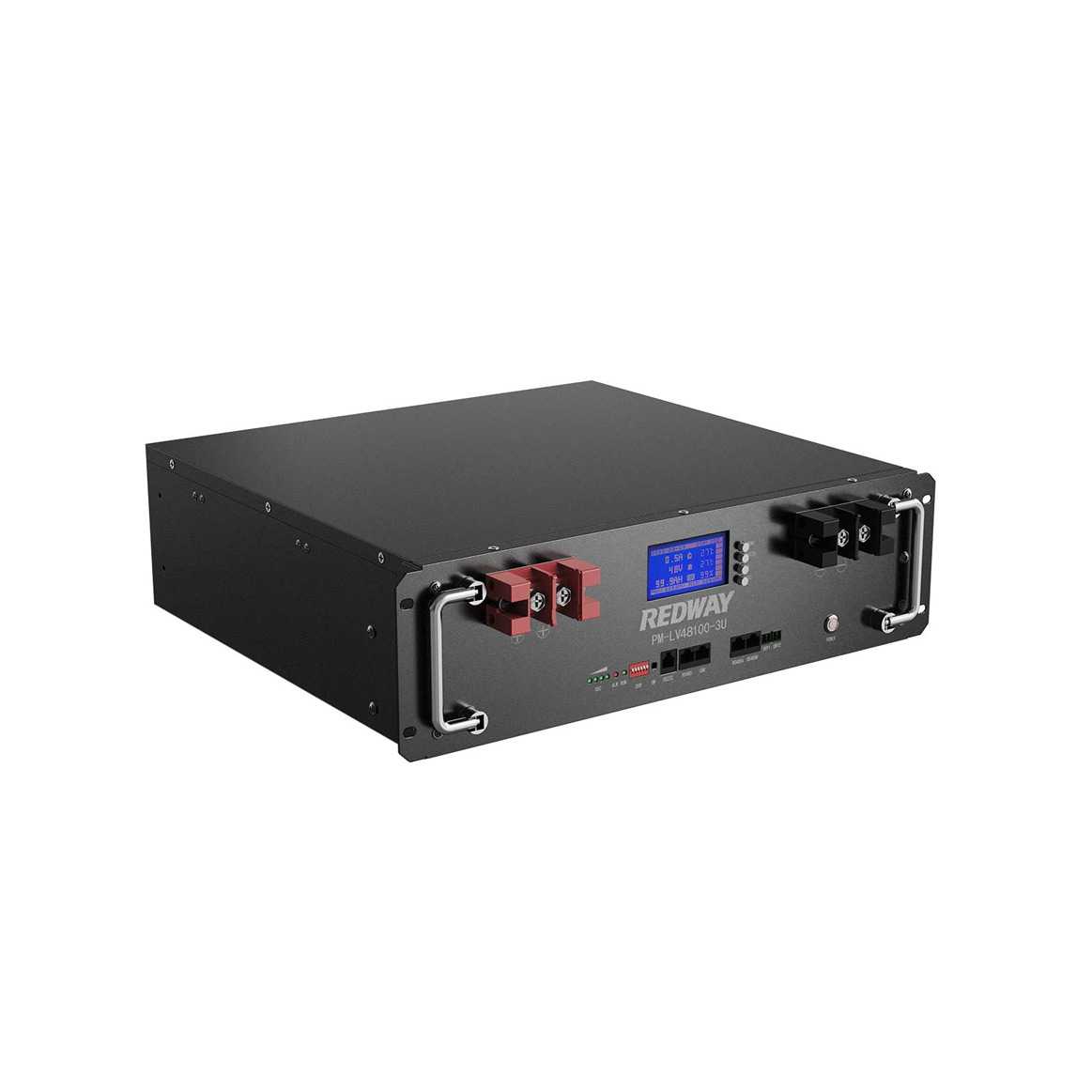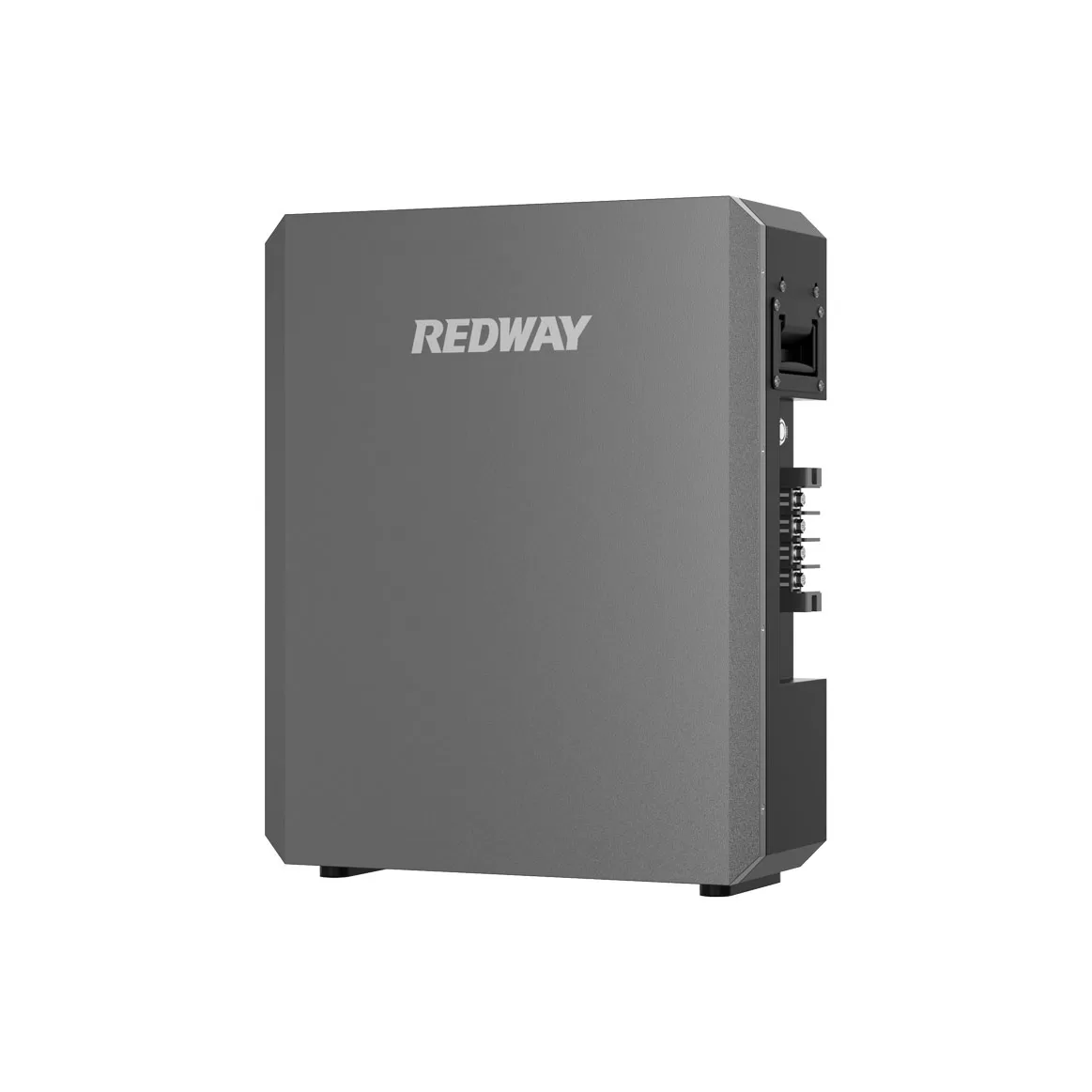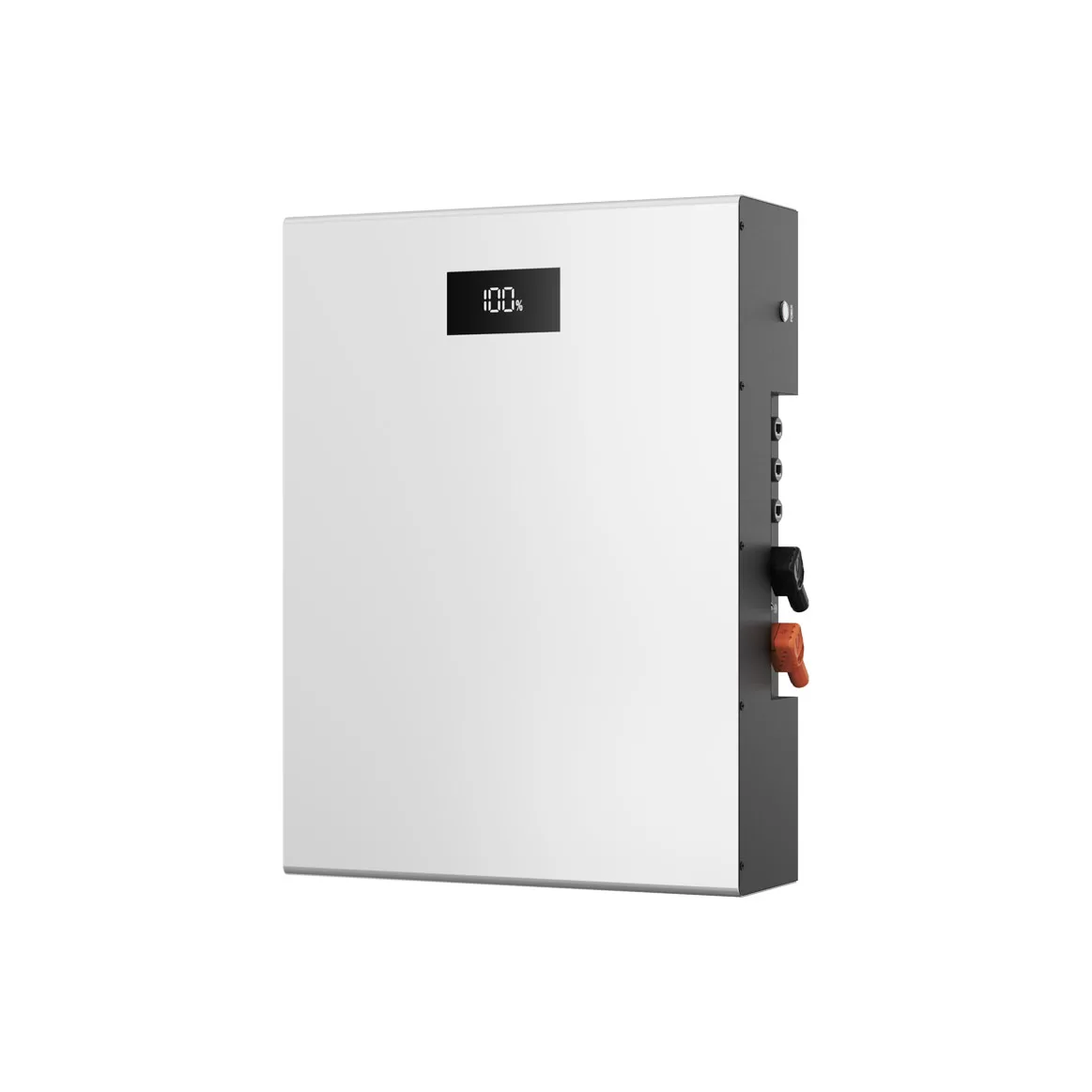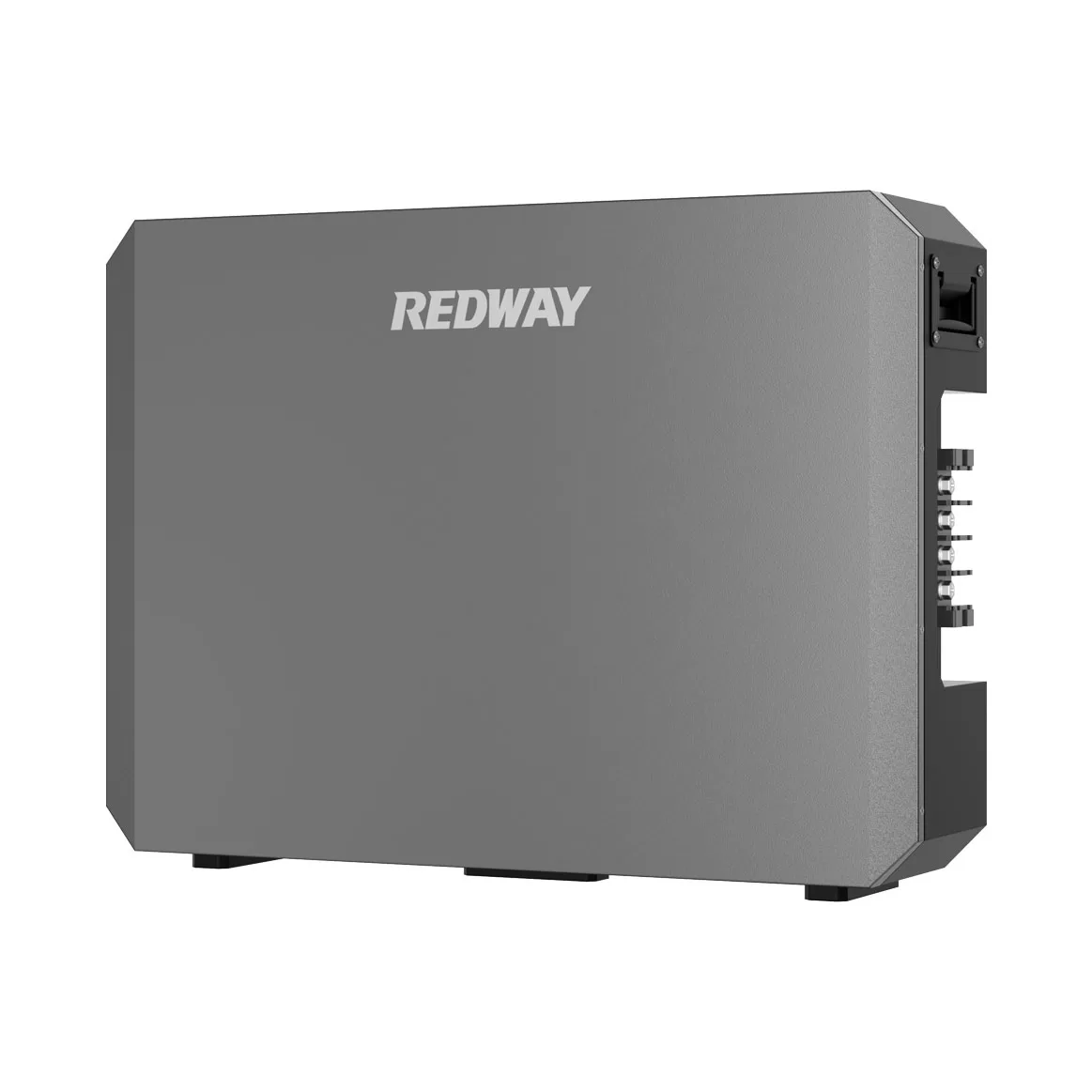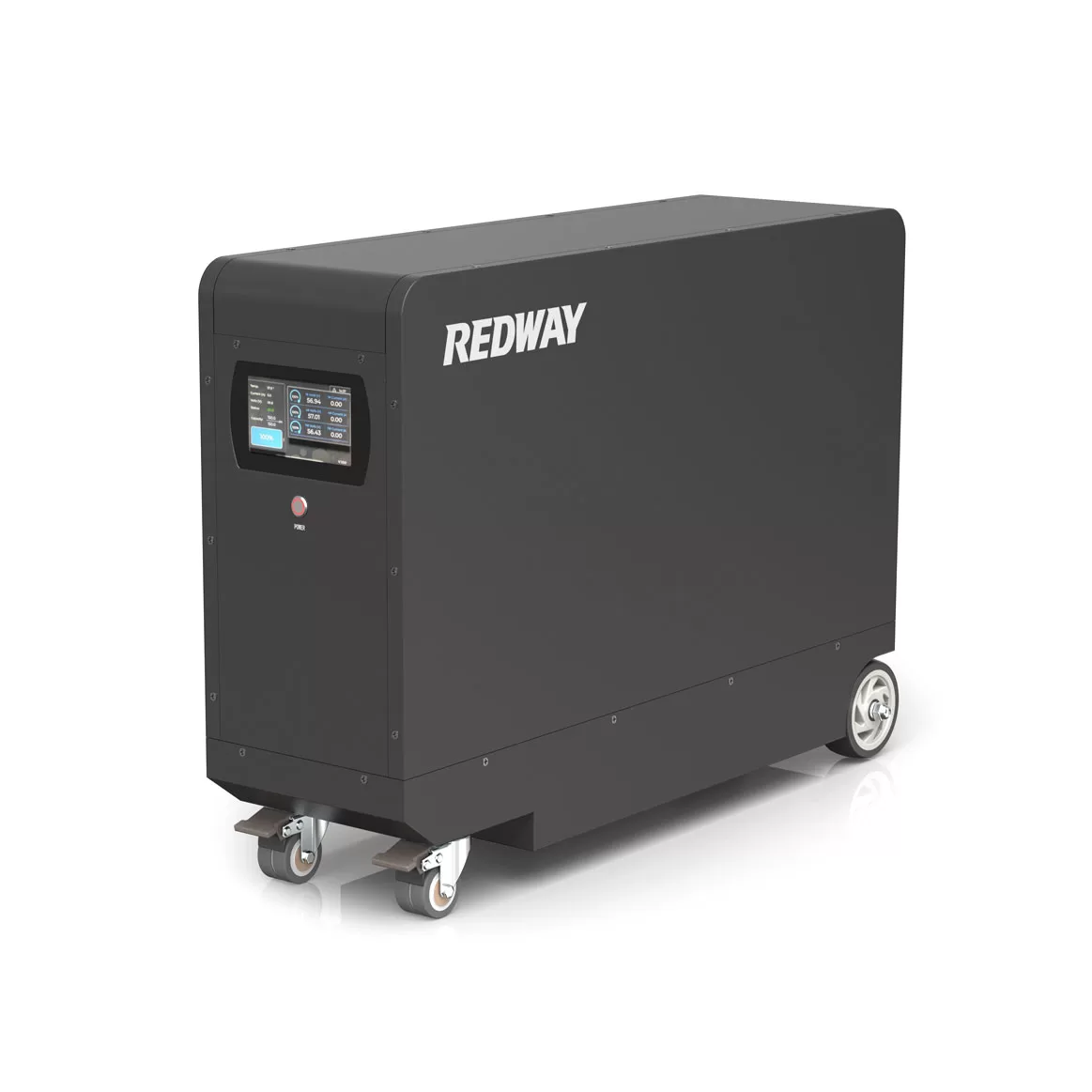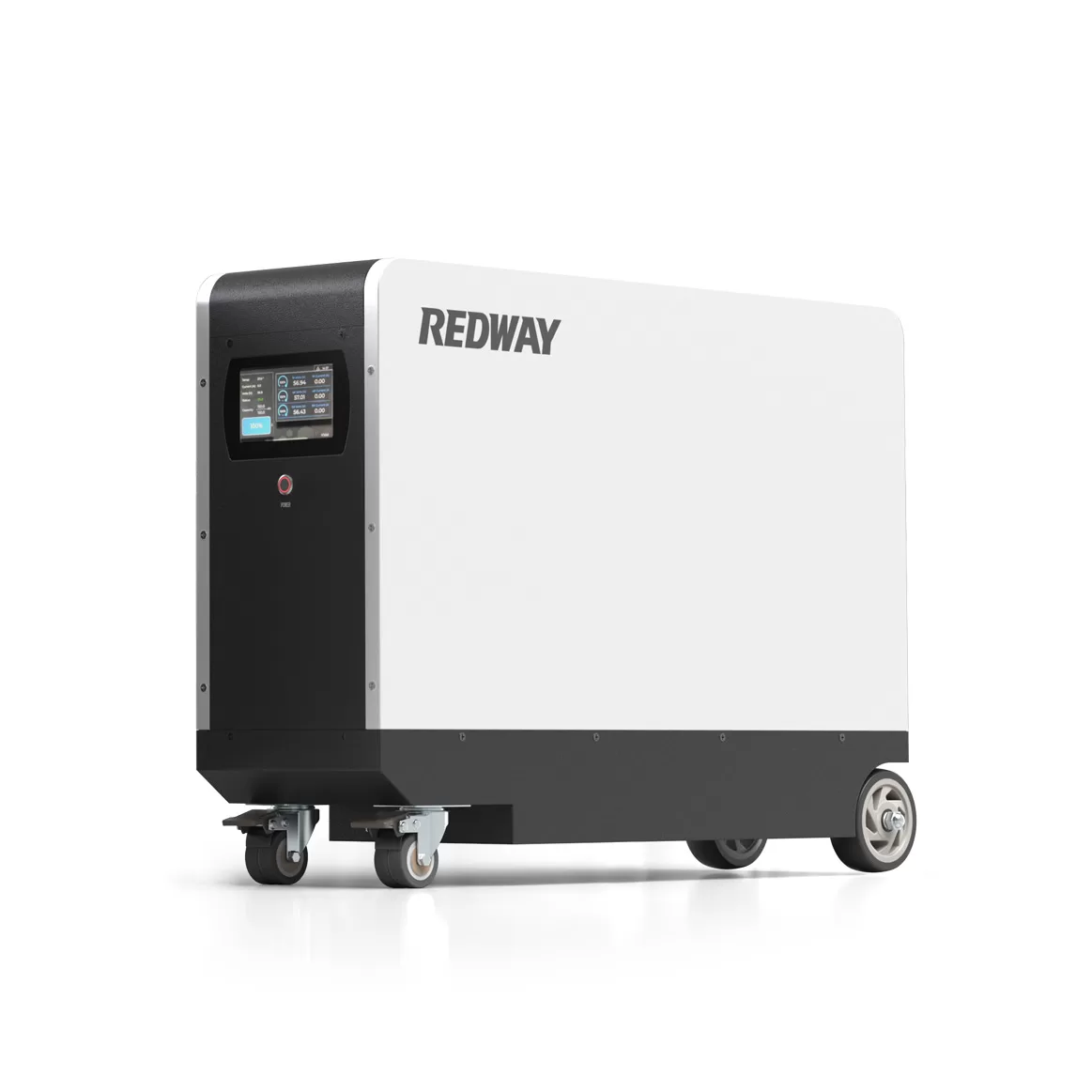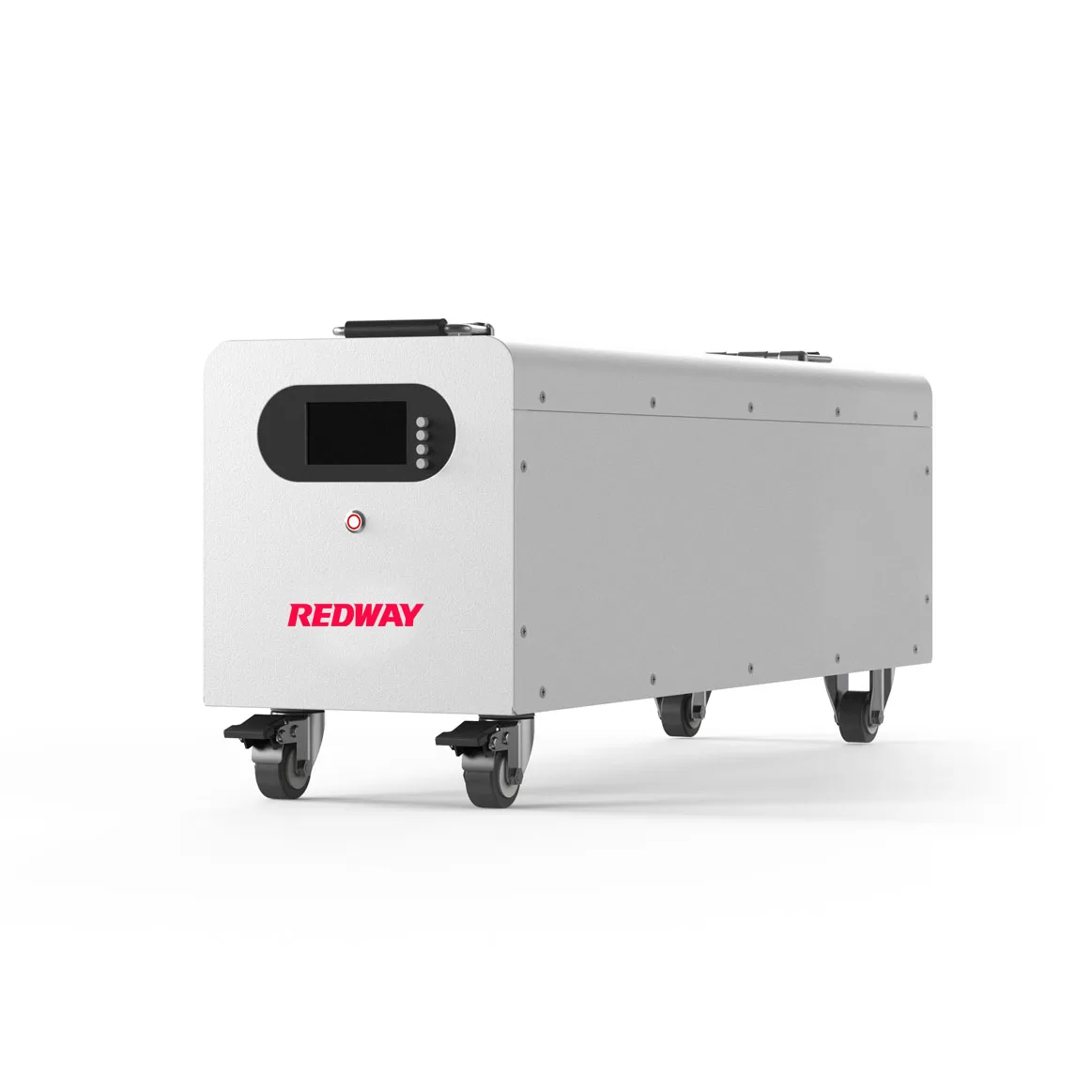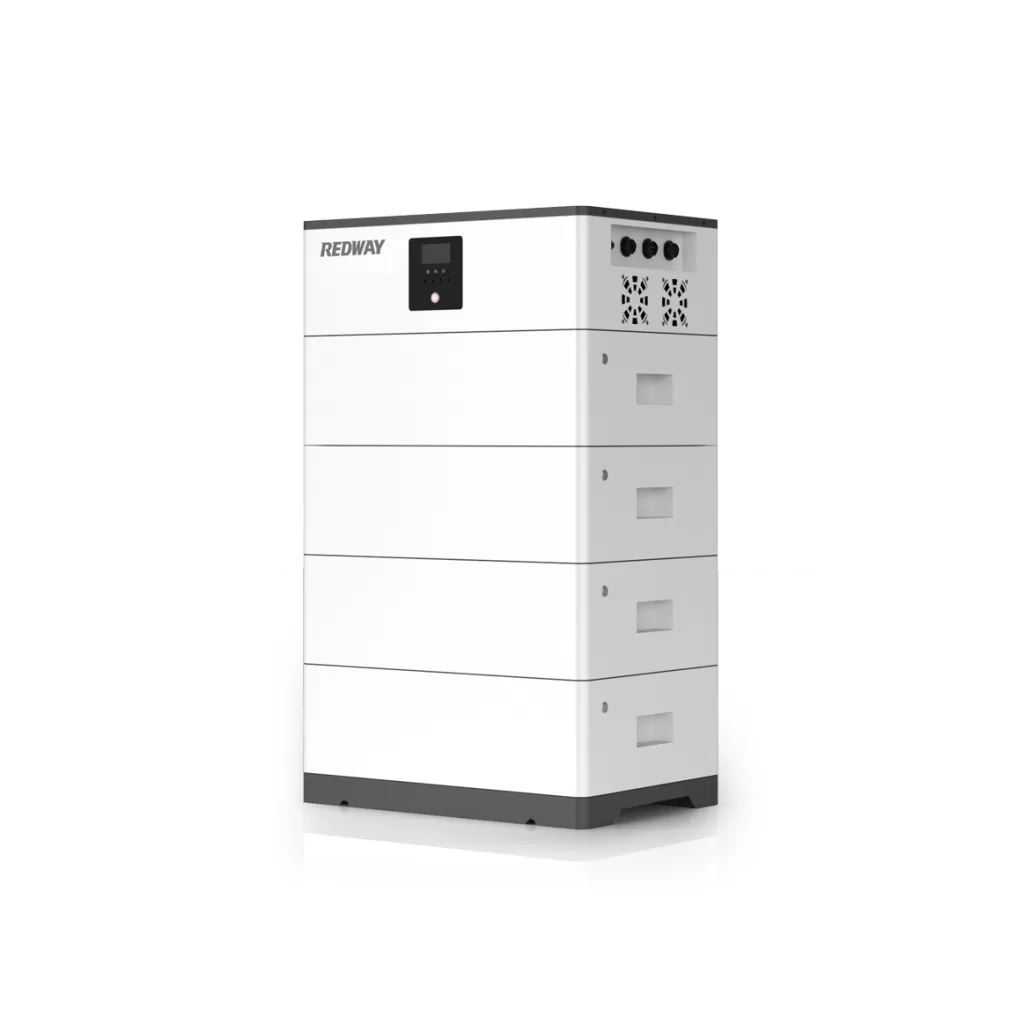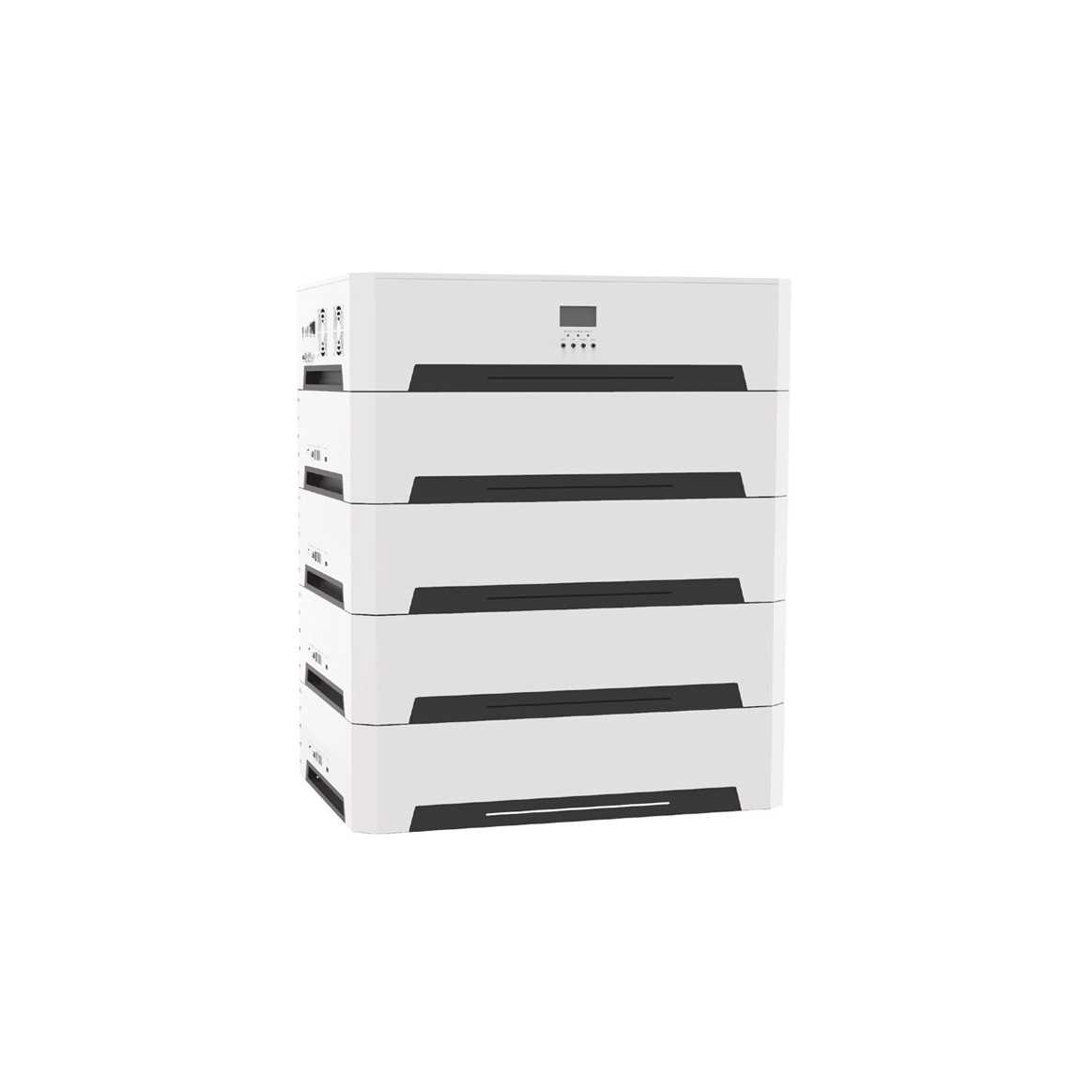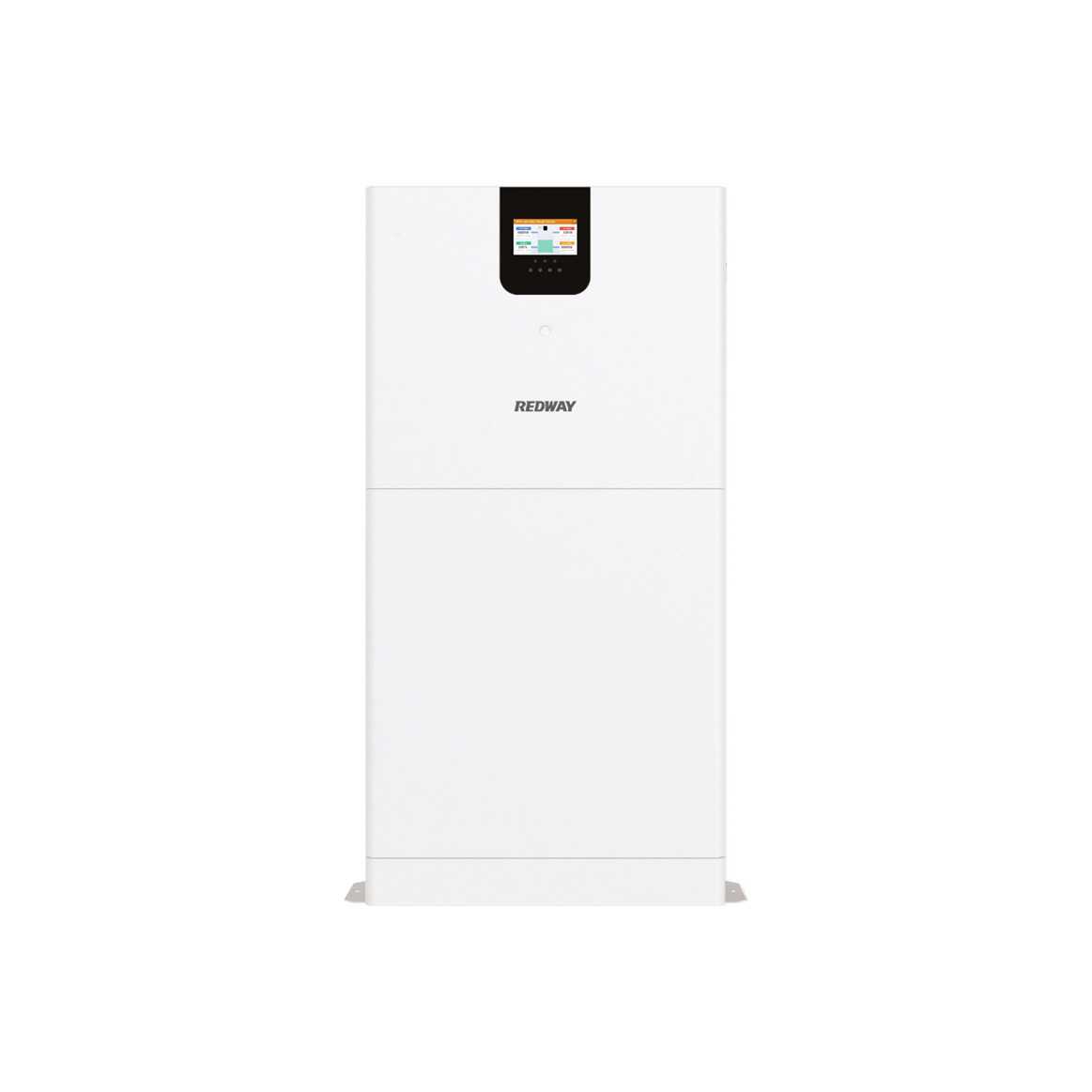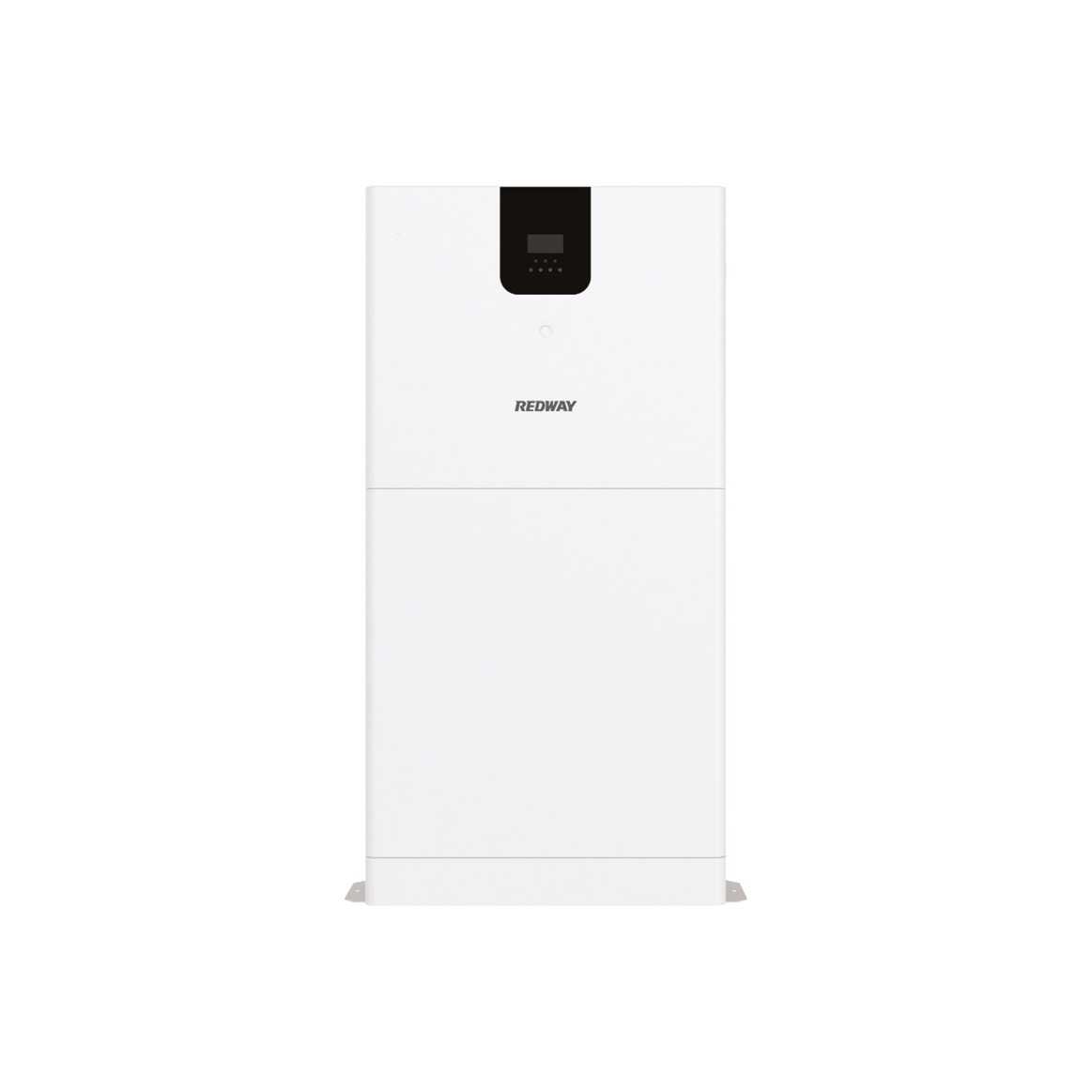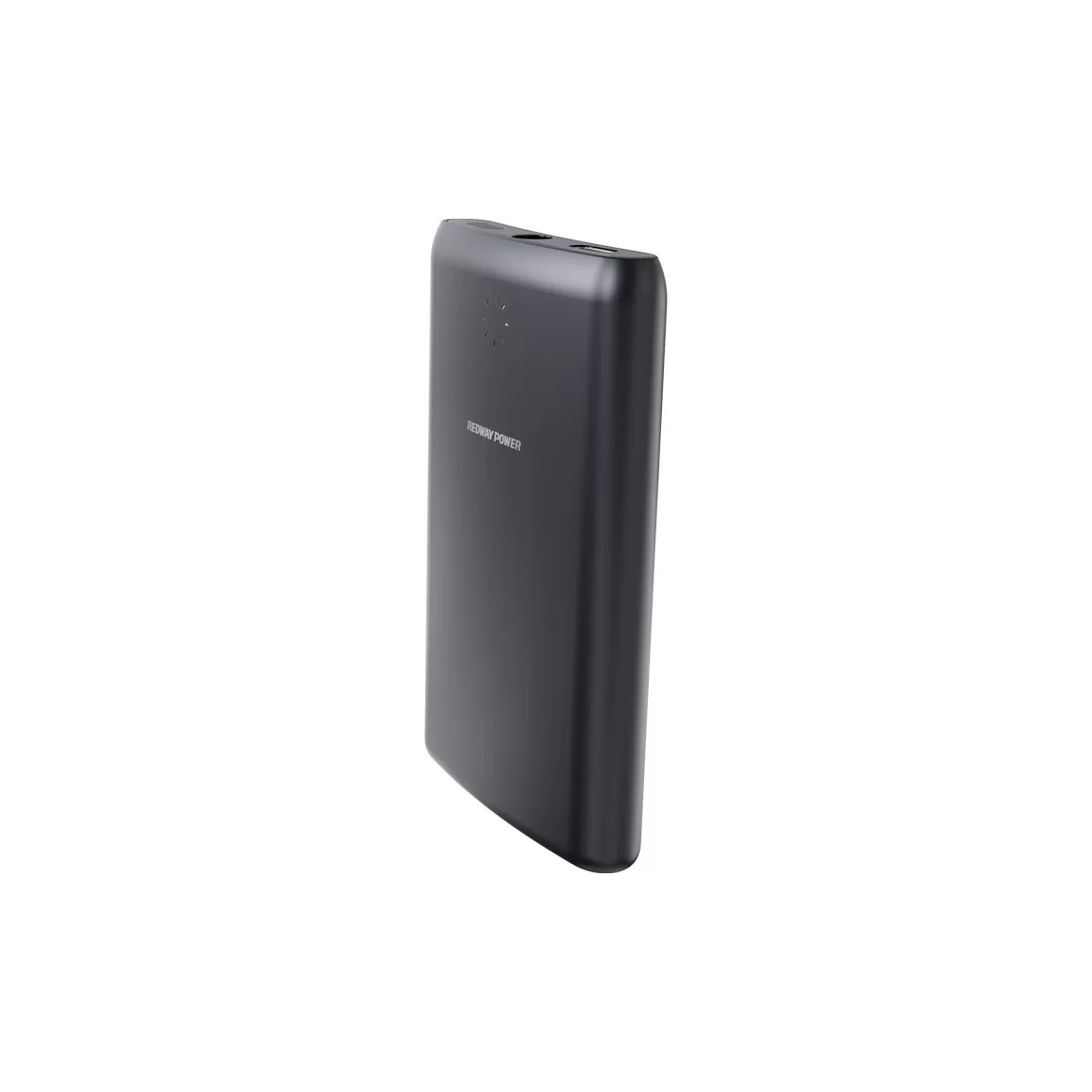¿Estás cansado de comprar constantemente baterías nuevas para tus dispositivos? ¿Alguna vez has pensado en hacer tus propias baterías recargables en casa? No solo es posible, sino que también puede ahorrarle dinero y reducir el desperdicio. En esta publicación de blog, exploraremos los ingredientes necesarios para una batería recargable, si las baterías secas se pueden recargar o no, las alternativas a las baterías de iones de litio e incluso cómo hacer una batería de iones de litio desde cero. ¡Prepárate para convertirte en un experto en bricolaje en el mundo de las baterías recargables!
¿Cuáles son los ingredientes de la batería recargable?
Las baterías recargables son un tipo de dispositivo de almacenamiento de energía que se puede usar varias veces después de recargarse. Para hacer tu propia batería recargable, necesitarás algunos ingredientes clave:
En primer lugar, necesitará materiales de electrodos como óxido de níquel-cobalto, aluminio (NCA), fosfato de hierro y litio (LFP) o grafito. Estos materiales se encargan de almacenar y liberar la carga eléctrica.

A continuación, necesitará una solución electrolítica que actúe como medio para transportar iones entre los electrodos. Los electrolitos de uso común incluyen sales de litio disueltas en solventes orgánicos.

Necesitará un material separador que evite que los dos electrodos se toquen y cortocircuiten entre sí, al mismo tiempo que permita el flujo de iones entre ellos.

Cuando estos tres componentes se combinan de la manera correcta, forman la estructura básica de la mayoría de las baterías recargables disponibles en la actualidad. Sin embargo, hay muchas variaciones en este diseño básico dependiendo de varios factores, como el tamaño y el uso previsto.
¿Es posible hacer que la batería seca sea recargable?
Pilas alcalinas recargables: Estas pilas utilizan zinc (Zn) y dióxido de manganeso (MnO2) como componentes principales, e hidróxido de potasio como electrolito totalmente alcalino. Tienen una densidad de potencia de 100 Wh/Kg y se denominan pilas alcalinas. Son adecuados para linternas, controles remotos, relojes de pared y otros dispositivos portátiles pequeños que necesitan energía.
Pilas de botón: Estas pilas también tienen una composición química alcalina, pero también pueden utilizar productos químicos de litio y óxido de plata para hacerlas más eficientes a la hora de proporcionar un voltaje constante y estable en un tamaño pequeño. Tienen una densidad de potencia de 270 Wh/Kg y se utilizan para relojes, relojes de pared, básculas y otros pequeños dispositivos electrónicos de baja potencia que requieren baterías.
Las baterías secas son el tipo de batería más utilizado. Son baratos, desechables y vienen en una amplia gama de tamaños. Sin embargo, un inconveniente es que no se pueden recargar una vez que se han agotado. Esto los hace menos respetuosos con el medio ambiente y más caros con el tiempo.
Pero, ¿es posible hacer que las baterías secas sean recargables? La respuesta corta es no. Las baterías secas funcionan mediante reacciones químicas que producen energía hasta que todos los productos químicos se han consumido u oxidado. Una vez que esto sucede, no hay forma de revertir el proceso y recargarlo como lo haría con una batería recargable normal.

However, there are some alternatives to dry batteries that can be recharged multiple times such as NiMH (nickel-metal hydride) and Li-ion (lithium-ion) batteries. These types of rechargeable batteries use different chemistry than dry cells which allow for recharging.
While it may not be possible to make traditional dry batteries rechargeable, there are many other options out there if you’re looking for an eco-friendly alternative that can save you money in the long run!
Can you make rechargeable batteries without lithium?
DIY Rechargeable batteries are becoming more popular as people seek out eco-friendly alternatives to single-use batteries. However, many rechargeable batteries on the market today contain lithium, a metal that is difficult to mine and has negative environmental impacts. So, can you make rechargeable batteries without lithium? The answer is yes!
One alternative to lithium-ion batteries is nickel-metal hydride (NiMH) batteries. These types of rechargeable batteries use a nickel-based cathode instead of a lithium one. They have been around for decades and are commonly used in devices such as cameras and remote controls.
Another option is sodium-ion (Na-ion) battery technology. This type of battery uses sodium ions rather than lithium ions to store energy. Na-ion technology is still in its infancy but has shown promise for use in electric vehicles and renewable energy storage.
There’s also zinc-air technology which uses oxygen from the air as an electrode with zinc oxide at the other end to generate electricity when it reacts with water or acid electrolytes.
Sodium-ion batteries are a new technology with great potential for cost, safety, sustainability and performance benefits over existing lithium-ion batteries. They use cheap and abundant raw materials and can be easily scaled up using the same production methods as lithium-ion batteries. This makes sodium-ion batteries very suitable for fulfilling the global need for energy-storage solutions that do not emit carbon.

While most commercially available rechargeable battery technologies do currently rely on some form of metal – including nickel and even cobalt – there are promising innovations being developed that could lead us towards non-lithium options in the future.
Can you make a lithium-ion battery at home?
Lithium batteries are awesome! They can store a lot of energy in a small and portable form, and they have changed our world for the better because of that.
However, they can also be very hazardous if not made properly. There are various risks involved, such as thermal runaway, and eventually, a fire that’s hard to extinguish. This is why we strongly recommend not to attempt to build your own DIY lithium battery. It could not only damage your personal belongings, but also endanger your life and others around you, as well.
Making a lithium-ion battery at home is not recommended and can be dangerous. Lithium-ion batteries require specialized equipment and precise measurements for their components, which are not readily available in the average household. Additionally, if these batteries are not made correctly, they can overheat or catch fire.
Therefore, it is best to purchase lithium-ion batteries from reputable manufacturers who have the necessary resources to ensure their safety and reliability. However, you can still make other types of rechargeable batteries at home using simple materials such as saltwater and aluminum foil.
Making your own DIY rechargeable batteries can be a fun and rewarding project that saves money while reducing waste. By following the proper guidelines and safety precautions, you can create a renewable energy source that benefits both your wallet and the environment.

Related Posts
- ¿Vale la pena invertir para los gerentes de hoteles en la batería de litio LiFePO4 de 20 KWh, 205 V CC y 100 Ah? Un análisis costo-beneficio.
- ¿Tesla utiliza LiFePO4? OEM de la fábrica del fabricante de la batería LiFePO4 de 48V 50Ah
- ¿Tesla utiliza baterías LiFePO4?
- ¿Son las baterías LiFePO4 más seguras que otras baterías de iones de litio?
- ¿Se pueden congelar las baterías LiFePO4? Consejos para prevenir daños por frío
- ¿Se pueden cargar las luces solares cuando están apagadas? Esto es lo que necesitas saber
